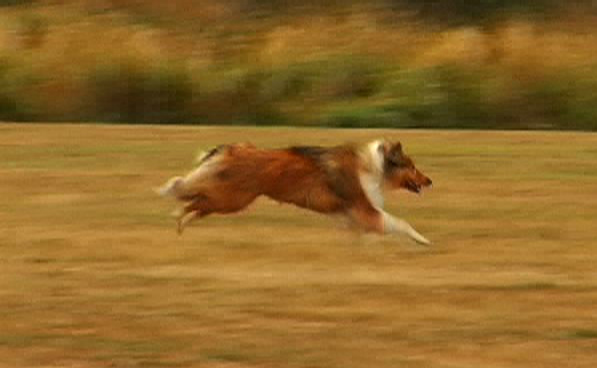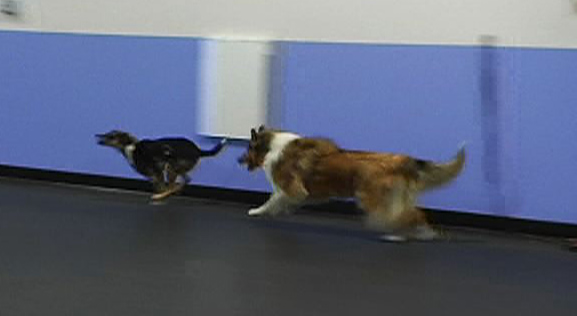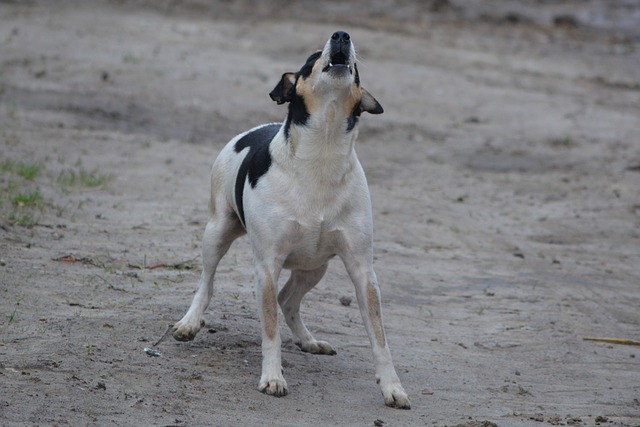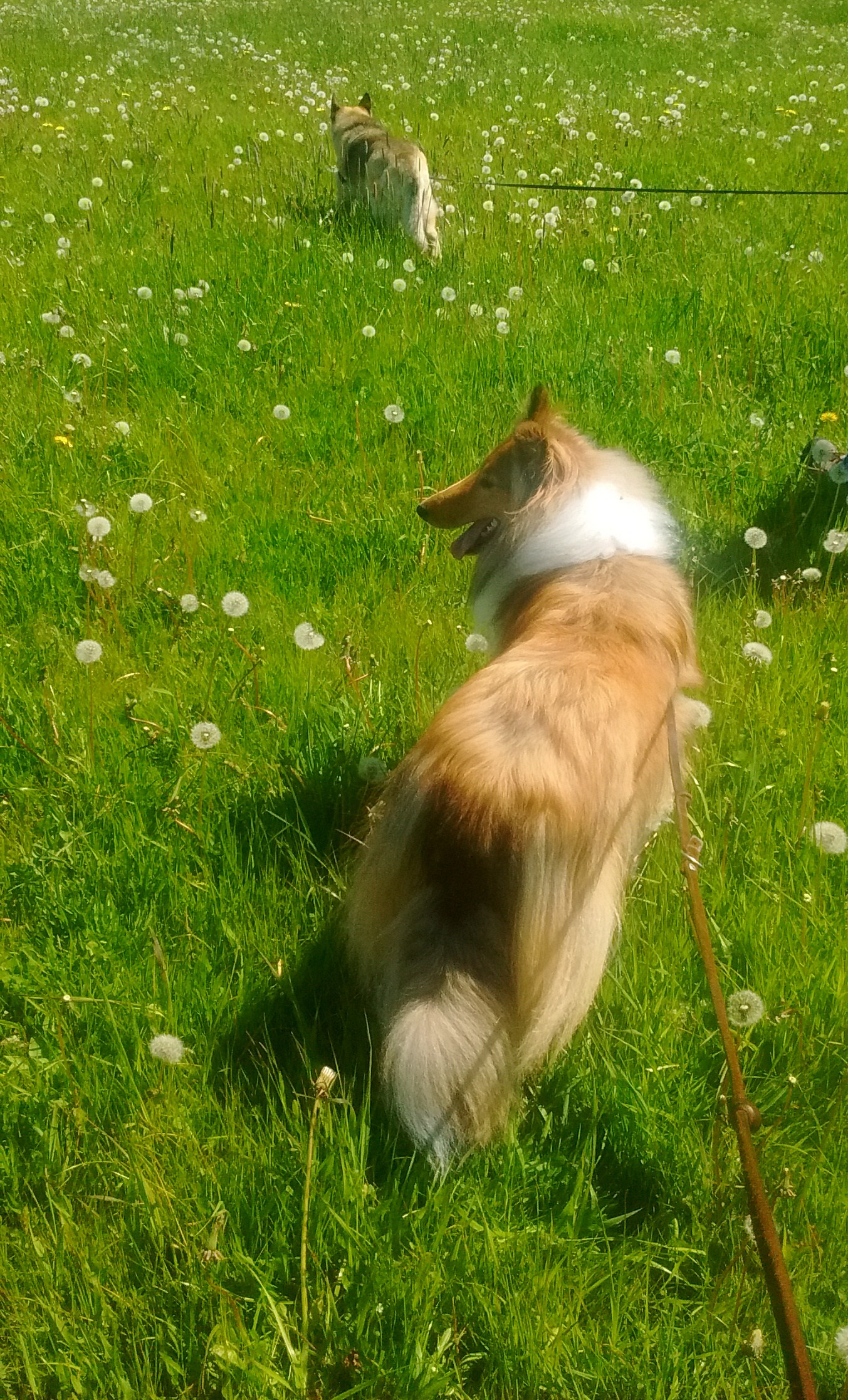In a perfect world…
In a perfect world, dog parks would be the most wonderful places in the world to pass time—well-socialized dogs cavorting with each other, the rough and tumble and chase of all different breeds and sizes, peaceful pauses peppering play. No one would fight over toys, no one would feel overwhelmed or get overstimulated, and guardians would be alert to their dogs at every moment, astutely watching and understanding the fluid body language of their own animal, ready to stop conflicts before they even got started.

However, the reality can be much different. Dog parks are typically places where guardians bring their dogs to exercise and play, but they are often not well supervised. The dogs are free to romp and play on their own with little regard for their safety, while guardians chat and socialize with each other, or engage with their smart phones.
“Yes,” you may say, “so what?” The problem is that dogs, like people, have different needs, different play styles, different degrees of socialization, and different levels of tolerance. And they need to be socialized with other dogs (and children of all ages, men, women, goats, cats, horses etc.) before the age of sixteen weeks in order to be entirely comfortable with whomever it is they are interacting. If a dog feels threatened, he needs to make a split-second decision to either run away, calm the other dog through appropriate body language, or aggress. The decision-making process is complicated and depends on multiple factors—the current situation, the dog’s past experience in similar circumstances, what challenges the dog has encountered in the past twenty-four hours, and his history of socialization, to name a few.

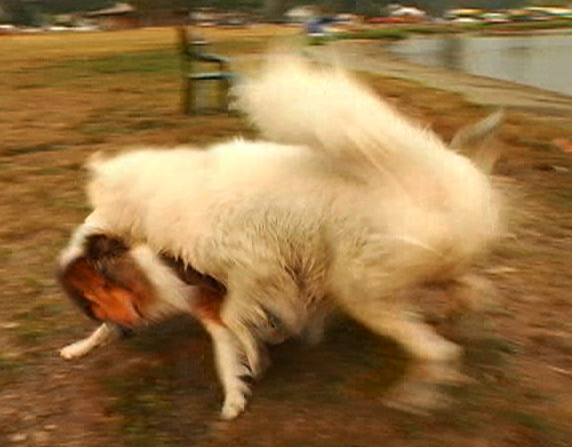

Dogs who are not socialized with other dogs as puppies are often fearful around others of their species and will do whatever they can to protect themselves if they feel threatened. They also have teeth—lots of them. If, in addition, they did not learn how to inhibit their bite as puppies, they can cause a severe amount of damage in seconds. Dog fights can erupt in a blink of an eye, and unless we understand canine body language, we will miss the warning signs. Dogs are not the only ones who can be badly injured in dog fights. Humans can also sustain significant injuries from redirected bites (sometimes inflicted by their own dog) when attempting to break up a fight. Dogs who start fights are not bad dogs—they are just dogs who are unfairly put in situations they can’t handle.
Shortly after we adopted Vera (our poorly socialized German shepherd), she and Lola (our well-socialized golden retriever) were having a play session. Vera’s play style quickly escalated and became too rough for Lola, who told Vera to settle down by sniffing the ground, turning away, and refusing to further engage in play. In spite of Lola’s efforts, Vera didn’t slow down and kept pummeling her sister (jumping on her, mouthing her, body slamming her). Next, Lola tried to out-run Vera, but Vera caught up to her and took her down. Lola’s last choice was to correct Vera with a lunge and a snarl, which should have clearly communicated to Vera to back off. However, even though these dogs were very bonded, Vera felt threatened enough by Lola’s correction that she attacked Lola and a bad fight broke out. Lola sustained multiple puncture wounds and their relationship was damaged for several weeks. If both dogs had been unsocialized, a fight would have broken out much faster.
In a dog park situation, if the aggressing dog happened to be your dog, you would have to deal with the risk of breaking up the fight, the guilt that your dog harmed another dog, potentially large vet bills to pay for the injured dog, and lots of decisions to make about how to handle, train, and exercise your dog in the future. (You can read about how we managed Vera’s life in my novel, Finding Vera.)
Dogs can also have healthy “scuffles” where a dog who is feeling overwhelmed clearly states “I’ve had enough”. There will be lots of noise, saliva will fly, and the dogs might look like they’re killing each other, but at the end of the argument no harm is done. The problem is, if one of the dogs is poorly socialized and truly feels threatened, he might respond with a full-fledged attack, and if he hasn’t learned bite-inhibition as a puppy, the well-socialized dog could get badly injured. With the large number of dogs adopted during the pandemic, it will be extra important to be careful at dog parks since there will probably be a larger number of unsocialized dogs present than one has encountered in the past.
You have two things to think about when you consider visiting a dog park:
1.) “How well do I know my own dog?”
2.) “How well do I know the other dogs and their people in the park?”
The answer to the second question is usually, if not always: “Not very well.” Even if you go to the park with a group of friends, you can never predict who will show up. An under-socialized dog with a distracted, unconcerned owner is a recipe for trouble.

Here are some things to think about:
- If your dog is “OK most of the time”, he does not belong at the dogs park. Why? Because you already know there are situations that make him feel overwhelmed and insecure, forcing him to protect himself. Don’t place him back into those situations where he could injure (or be injured by) another dog. Also, in that environment, he is most likely too stressed to enjoy himself, so why even consider it?
- If you want to socialize your under-socialized dog, the dog park is a bad place to do it. At some point, often sooner than later, he will encounter a situation that frightens him and he will be forced to act. If he gets into a tussle, one bad experience could be enough to cause ongoing dog-directed reactivity or aggression. Once aggression has worked for him (it gets other dogs to back off), he’s more likely to depend on it in future encounters.

If you have just adopted your dog and want to take him to the dog park for fun, don’t do it. First of all, you have no idea how your dog will respond in that environment. And even if your new dog has reasonable socialization skills, he’ll be stressed from the recent changes in his life and will be more likely to be defensive. And again, dogs at the dog park are often poorly supervised, and may or may not have good socialization skills. Even if your dog joins in play initially, he could feel threatened or get overstimulated as play escalates, and a fight could be triggered when he panics.
If your dog guards his toys, he should definitely not go to the dog park. He may steal toys and aggress at anyone who tries to reclaim them—humans included. And if you take toys with you for him to play with, he will most likely challenge any dog trying to play with him.
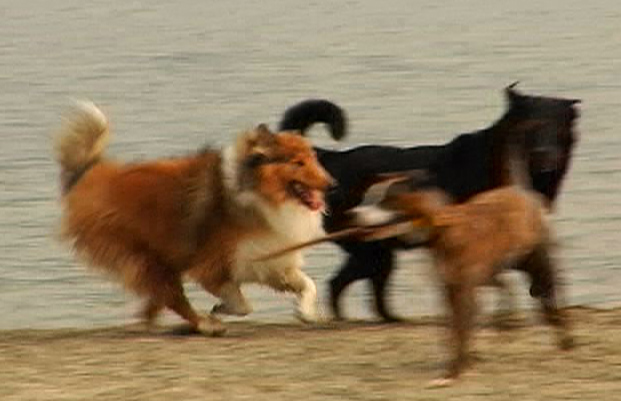
Do not consider taking your small dog to dog parks unless there is a small-dog enclosure. The prey drive of larger dogs can turn your dog into a very vulnerable target.
Muzzles have no place in a dog park. Muzzles will make your dog feel even more vulnerable, and if/when a dog aggresses at him due to his defensive body language, he will have no way to defend himself.
Leashing your dog at a dog park is not a good idea. It will prevent him from running away from situations he’s uncomfortable with and will inhibit his ability to express himself, making him more vulnerable and fearful. Also, off-leash dogs will recognize his vulnerability and may take advantage of him, exacerbating the situation even more. If you have your well-socialized dog at the dog park, avoid any dog who is on leash.
If you know you have a well-socialized dog, I would still think long and hard about the wisdom of going to a dog park for the reasons I have discussed above: you don’t know the other dogs who frequent the park or their people.
If you still think that dog parks are an option for you, here are some safety tips to consider:
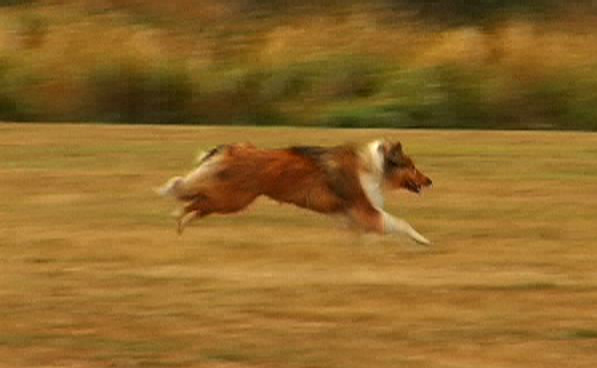
- Check the park carefully before you unload your dog from the car. Avoid groups of rough-playing dogs, dogs who look stiff or uncomfortable, and dogs whose owners are uninvolved. You want to see dogs who have loose, bouncy, easy body movement, dogs who play in a give-and-take fashion, and dogs who pause often in their play. Owners should be present, but relaxed. Avoid dogs whose owners hover and say things like “Be nice, Fido”.
- Look for dogs that have a play style similar to your dog’s.
- Be sure your dog has a very strong recall and will come back to you reliably, even in play.
- Be sure you understand canine body language. Dogs have a language that is fluid, complicated and ongoing. By learning to read dogs at the park and understanding what they are saying, you can often intervene by calling your dog back to you if play starts to escalate.
- Consider other options for dog play that are safer: get together with friends and their dogs, dogs you know have been well socialized as puppies or who have a history of positive, safe interactions with other dogs. Scuffles may still erupt, but if everyone is paying attention and has a good recall on their dog, and if the dogs are well socialized, the chance of injury is extremely low. Well-socialized dogs with good bite inhibition will be careful not to injure each other, even in excited play and squabbles.
- I follow these guidelines when I take Annie to the dog park and so far, all has been well.























